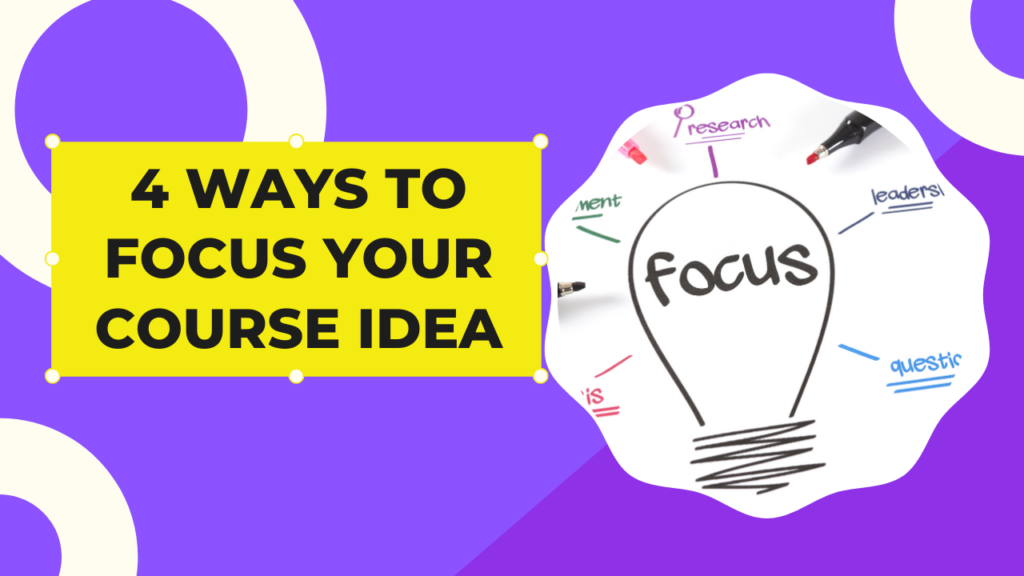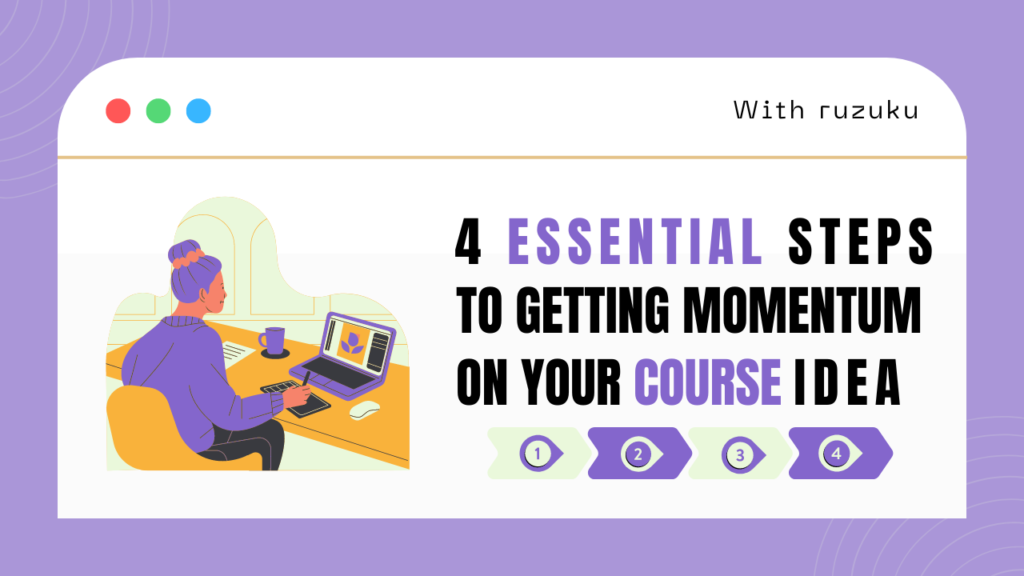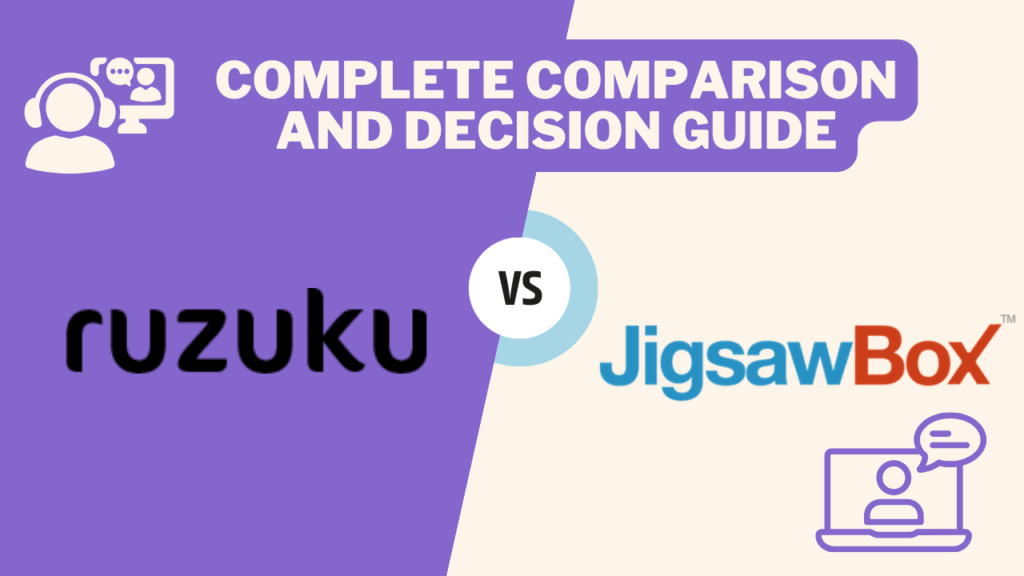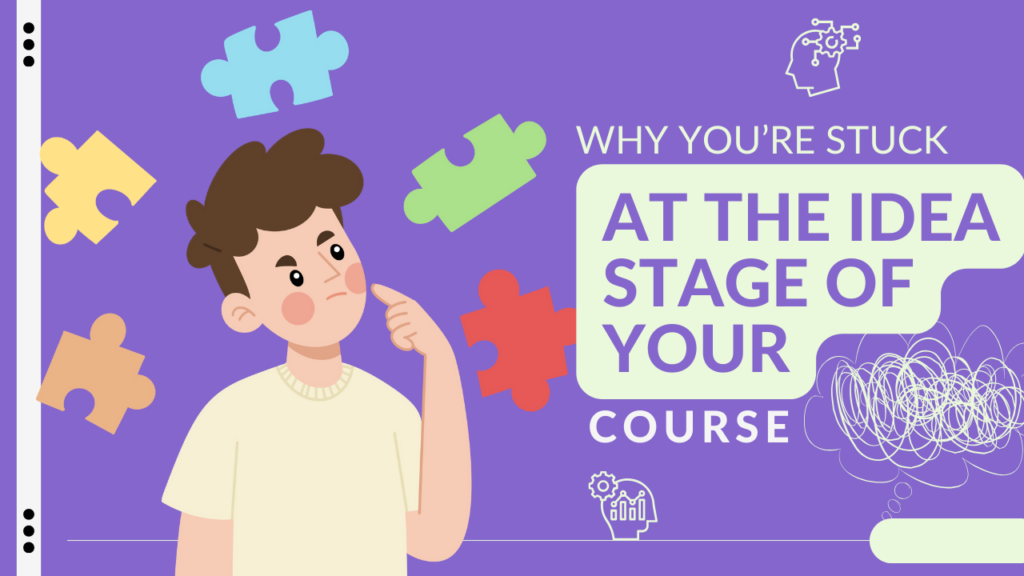“To create a successful online course, you’ve got to focus!”
Common advice, uncommonly followed.
Maybe you’re wondering… How exactly do I focus my course idea? I have tons of great ideas!
Or how do I know if the direction I’m pursuing with my course is really “focused” or not?
We interviewed 4 leading course creation experts, who shared specific tactics you can use. Read on…
Pace Smith: Tell a story
Pace Smith says you should start to focus your course by telling a story.
Stories are both engaging and authentic…
Engaging because people learn based on stories and examples way more than just being told a dry list of facts.
Authentic when based on your own lived experience.
So: Reflect on your personal stories. Think about how they can enrich your course.
And if there are components of your course that don’t tie into a story, think about removing them to make the course more tightly focused.
Kelly Edmonds: Find your big idea
Dr. Kelly Edmonds recommends that you begin with this provocative question:
What’s your big idea?
For example, say you’re creating a course on photography.
Think about how you could wrap your teaching into an idea that’s bigger than practicalities or technical details.
So, you might frame your course as being about “capturing light.” Use that framing to motivate your students.
If you feel stuck, a great source of “big ideas” is TED talks. Review a number of TED talks to see how they concisely present “big ideas.”
Combine a “big idea” with clear, focused goals and you can design a powerful course!
Breanne Dyck: Spend less time in your own head
Breanne Dyck says that you should start by spending less time in your own head, and more time worrying about your clients.
Ask, “What do they — my clients — actually care about?”
The thing that makes an online course or business successful is whether you can help people achieve some particular goal they have for themselves.
You can’t invent market demand; you can provide a new solution to an existing problem.
Keep peeling back to get to the “core burning desire” — what’s the real underlying need you can serve?
Reach out to your audience and ask “What are you struggling with?”
Then you can respond and dig deeper. “That’s really interesting, what have you tried? What’s worked? What would it mean for you if this problem were to go away?”
Keep digging until you unearth the compelling question or problem you can address witn your course. Stay focused on that above all else!
Charlie Gilkey: Consider skill level, first
Charlie Gilkey has found that course creators often jump into planning without thinking through exactly who is going to be participating in a course, and what their experience or skill level is.
Instead, before you design a course, first think about the skill level of your participants. Are they beginners? Experts? Many course creators fail to clearly identify where their learners are in terms of understanding and competency.
Then, ask the “mimimum” question: What’s the very minimum students need to learn to get from where they are to where I’m trying to take them? Use this question to identify the “limit” for your course, and keep it focused.
Learn more
Ready to start creating a focused, effective online course?
You can begin right now.
Watch our free training video at RoadmapTo5K.com, and learn the 3 steps to define and sell your course — so you can build your online course business from the ground up.




